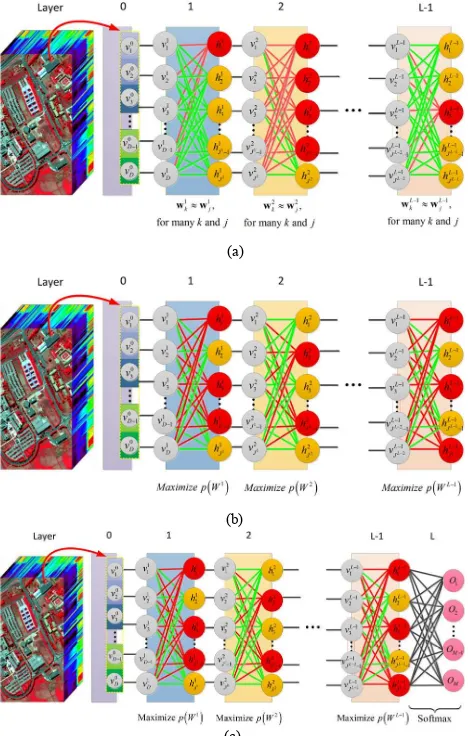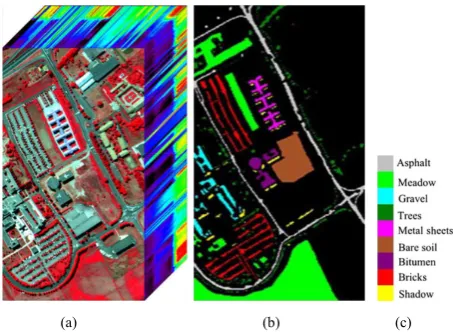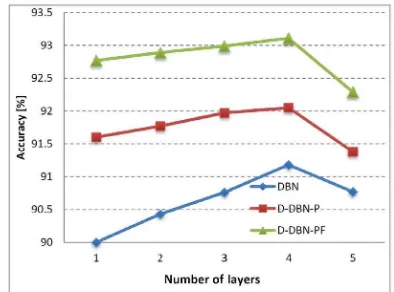isprs archives XLI B7 443 2016
Teks penuh
Gambar




Garis besar
Dokumen terkait
The first one is a simplified Persistent Scatterer Interferometry approach that exploits two key properties of the Sentinel-1 data: the high coherence of the 12-day interferograms
The Mean-standard-deviation (MS) Large membership function is used because the large amounts of land and ocean pixels dominate the SAR image with large mean and standard
The proposed algorithm with unknown number of classes can determine whether the homogeneous regions should be split or merged through calculating the entropy in a homogeneous
Two ship models, the “V” ship head model and the “ || ” ship body one, are proposed to localize the ship proposals from the line segments extracted from a test image, which
The experiments performed and discussed in the paper let us evaluate the effective contribution of texture information, and compare the most suitable vector components and metrics
This paper proposes techniques to classify the object in the satellite image by using ROI automatic detection technique based on histogram segmentation.. The ROI
When the classification performances were compared for the coarse level scale solutions, it was found that the region-based scale selection produced more accurate
The first technique is the Small Baseline Subset (SBAS), based on the algorithm of Berardino et al. This technique relies on the combination of differential